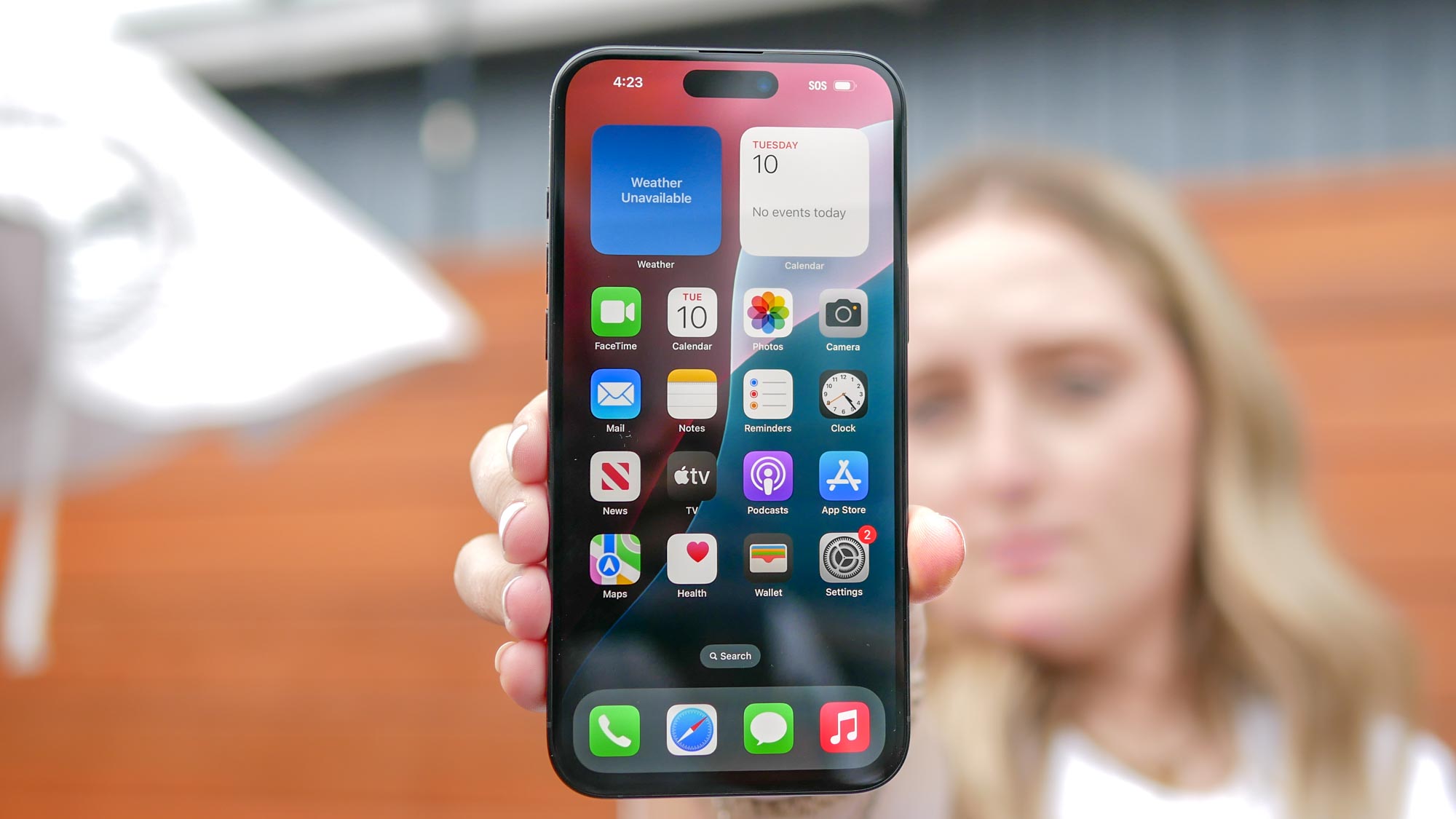
In years past, Apple’s Pro iPhones have garnered the biggest preorder sales, but this year’s an exception. This time around, it’s the iPhone 16 Plus leading the way. I’m actually surprised by this because the Plus sits in between the similarly spec’d iPhone 16 and the pricier iPhone 16 Pro, which puts it in a tough position when it comes to naming the best iPhone.
We’re actually three years in of having a Plus model in the iPhone lineup, and while that $899 starting cost puts it closer to premium territory, there are still compelling aspects about this year’s iPhone 16 Plus. Namely, it’s packing a lot of the features you find in the Pro models — including the new Camera Control button. It also adopts features previously limited to the Pro phones, like the Action Button and support for spatial photo and video capture.
These are just a few of the compelling reasons to get this model that I’ll elaborate on in my iPhone 16 Plus review. Likewise, I’ll explain how the Plus compares against some of its direct rivals, like the $999 Galaxy S24 Plus, to see how Apple’s big-size iPhone stacks up at an $899 starting price.
Apple iPhone 16 Plus review: Price and release date
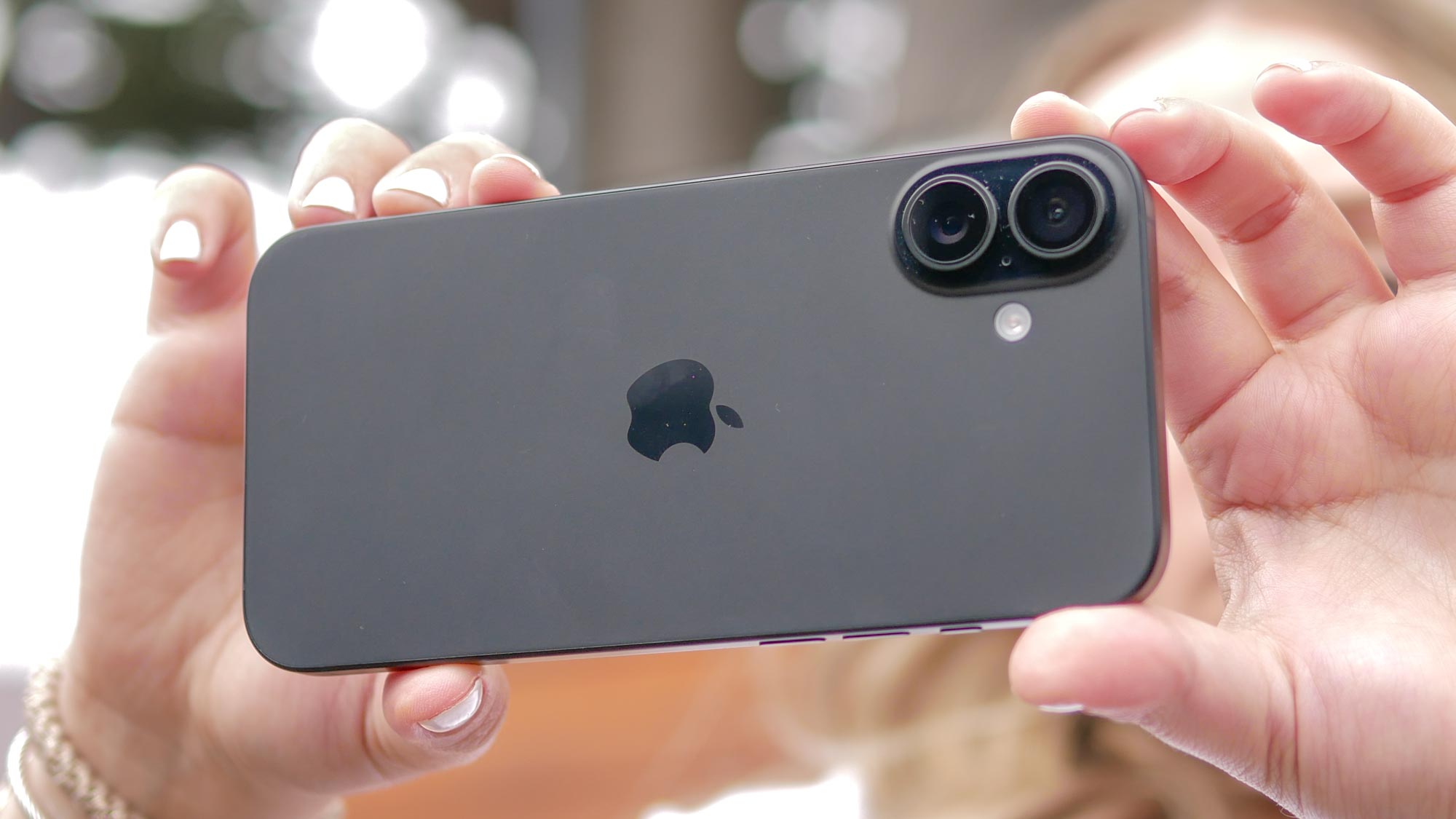
Good news for those itching to get the iPhone 16 Plus. Apple retains the same $899 starting cost as previous generations. Keeping the price the same means there’s more value in the iPhone 16 Plus given how there’s a narrower gap between this model and Apple's Pro phones.
First announced at Apple’s ‘Glowtime’ event on September 9, 2024, the iPhone 16 Plus has since gone on sale starting on September 20. It’s available in three storage options: 128GB, 256GB, and 512GB. With this year’s model, the color options are bolder, making it a much more stylish option than the iPhone 16 Pro Max. You have your usual black and white options, but pink, teal, and ultramarine are much more polarizing to the eyes.
Apple iPhone 16 Plus review: Specifications
Apple iPhone 16 review: Design
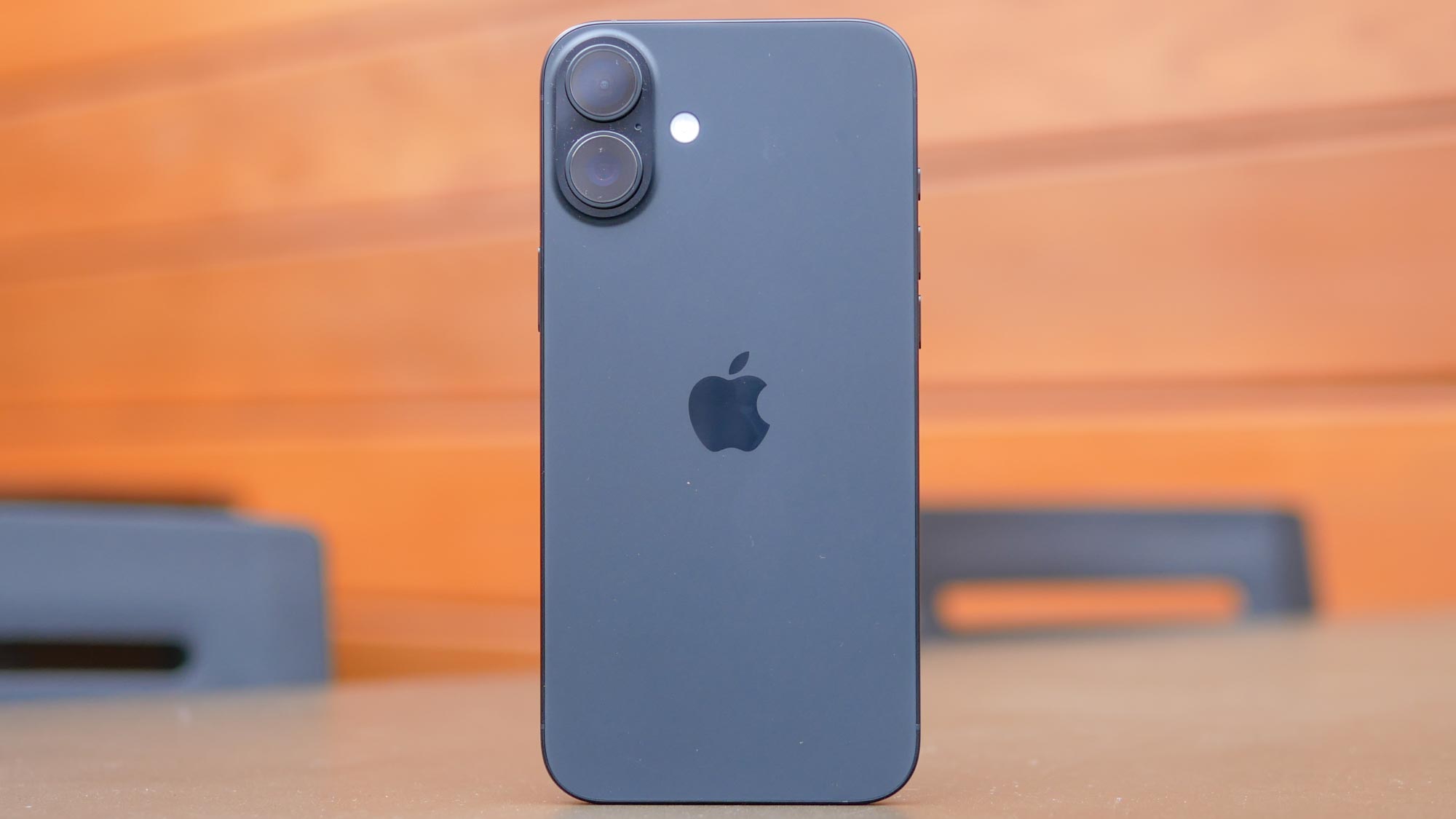
There are some minor year-over-year changes to the design of iPhone 16 Plus. Apart from the color changes for this year, Apple refreshes the design by switching to a vertical arrangement with the rear cameras, opening up support for spatial photo and video capture. I also love how the cameras are outlined in a slightly darker shade that contrasts nicely with its paint job. Other changes include the addition of the Action and Camera Control buttons, which are also found on the Pro models.
Apple uses aerospace-grade aluminum with this phone's chassis, resulting in a much lighter weight at 7.03 ounces (versus 7.09 ounces with the iPhone 15 Plus). It’s shockingly lightweight for a larger phone, but I also love how the iPhone 16 Plus has a matte-like finish that keeps it cleaner looking and resilient to finger smudges.
Unlike other big phones I use, the iPhone 16 Plus is an anomaly because it’s surprisingly not as bulky — making it much easier to hold and manipulate with one hand.
Apple iPhone 16 Plus review: Display
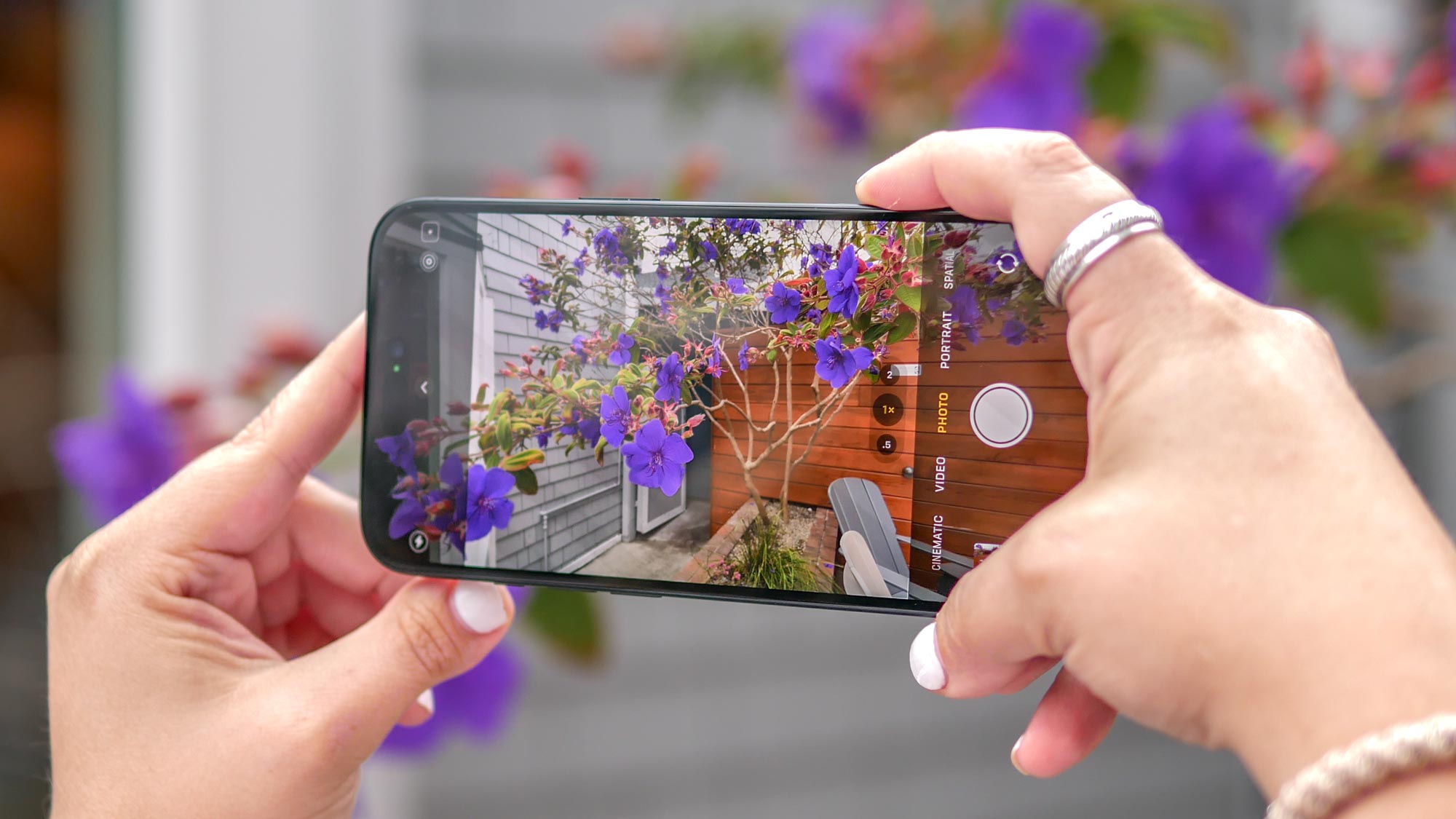
Apple keeps the same 6.7-inch Super Retina XDR display as before. There’s nothing wrong with that, especially when the panel's 2,796 x 1,290 resolution makes everything on the screen sharp and detailed. There’s also the same cutout as before for Apple's Dynamic Island feature, which doesn’t change much in terms of its size.
Loading up the Rings of Power season 2 trailer, the iPhone 16 Plus offers a satisfying viewing experience indoors with its punchy colors and wide viewing angles. While it doesn’t affect much of how I watch videos on the iPhone 16 Plus, the display' 60Hz refresh rate is seriously showing its age by now when I play games and navigate around the phone's interface.
This remains my biggest criticism about the iPhone 16 and 16 Plus because similarly priced phones have better refresh rates — so do less expensive ones. For example, the cheaper Google Pixel 8a and Nothing Phone 2a Plus both have 120Hz refresh rates — and the difference is noticeable, as they have more fluid looking animations.
Despite this, Apple does improve the brightness of the iPhone 16 Plus panel. In our testing, the iPhone 16 Plus reaches a peak brightness of 1,458 nits, which is an improvement over the 1,310 nit max recorded for the iPhone 15 Plus. The numbers show the newer display brighter, but it still falls short of Apple’s claim of 2,000 nits. To be fair, though, it’s very rare that I see phones ever get close to their ratings. Still, it's a smidge brighter than the Galaxy S24 Plus' reach of 1,396 nits.
Apple iPhone 16 Plus review: Camera Control
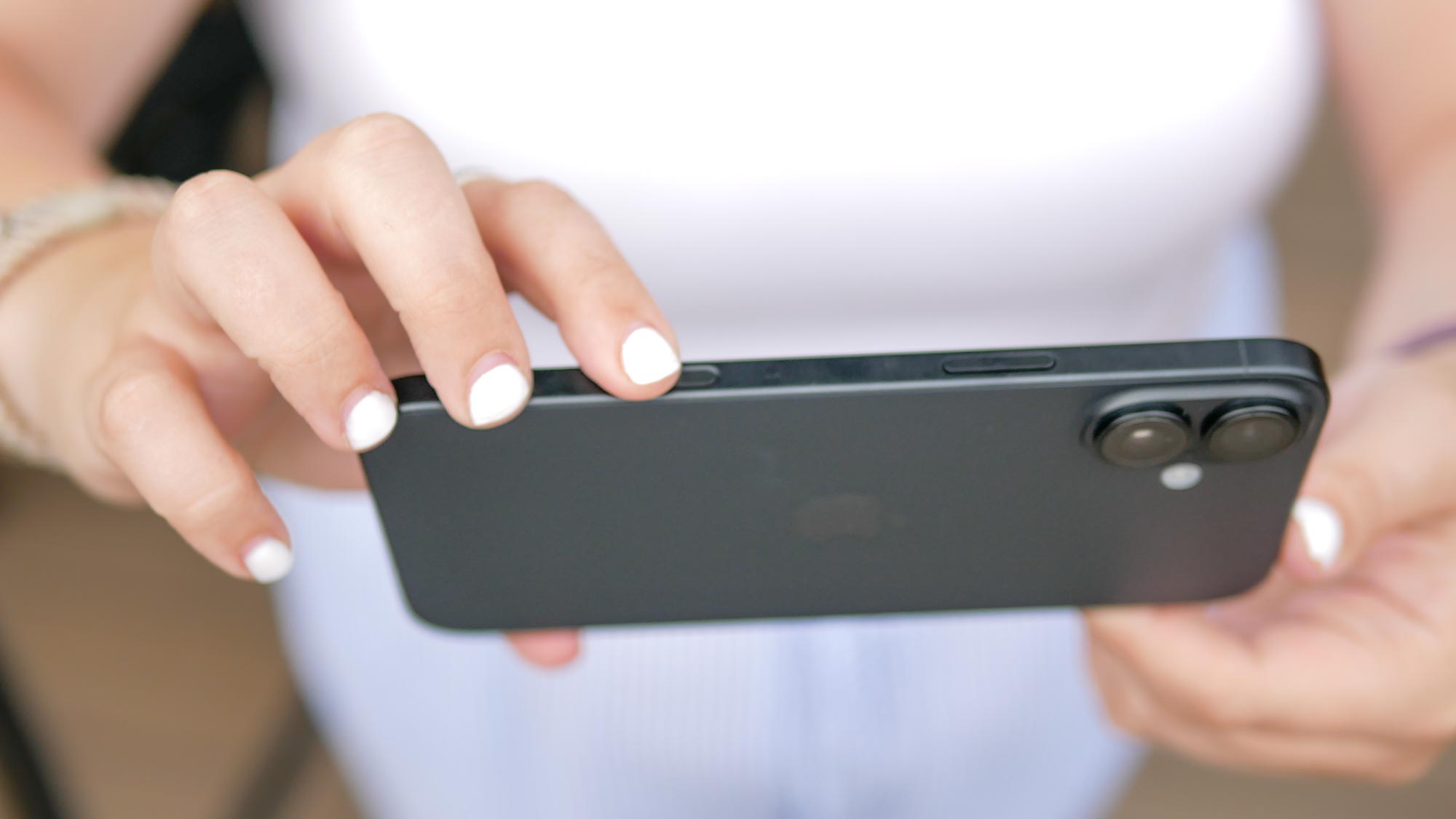
On the right side of the phone you’ll find the new Camera Control button, which can sense how much pressure is applied to it. Anyone with a point-and-shoot will appreciate this, but Camera Control comes with a learning curve.
When I press the button down all the way after launching in the Camera app, I can take a photo, while pressing and holding down the button starts a video recording that stops the moment I let go. One of Camera Control's convenient features is how the button can discern swipes to change between some of the settings, like zoom controls, exposure adjustment, tones, aperture control, and more. Sometimes, Camera Control requires a firm touch in order for it to discern swipers, which makes it finicky to operate as smoothly as I’d like.
Since I shoot a ton of videos, I still wish Apple would have added more controls and gesture support — like access to the shutter speed and ISO, as well as customizing its functions. I also want to see Camera Control integrated into more third-party apps because as it stands, it does not work with Instagram, TikTok, or Facebook. That said, support will come eventually once those apps are updated with the proper APIs.
Most people will find Camera Control handy to quickly take photos without the hassle of unlocking their phones and running the camera app. But for someone like myself who’s quite versed in operating a proper camera, I’m craving more functionality and intuitiveness with this feature.
Apple iPhone 16 review: Camera Performance
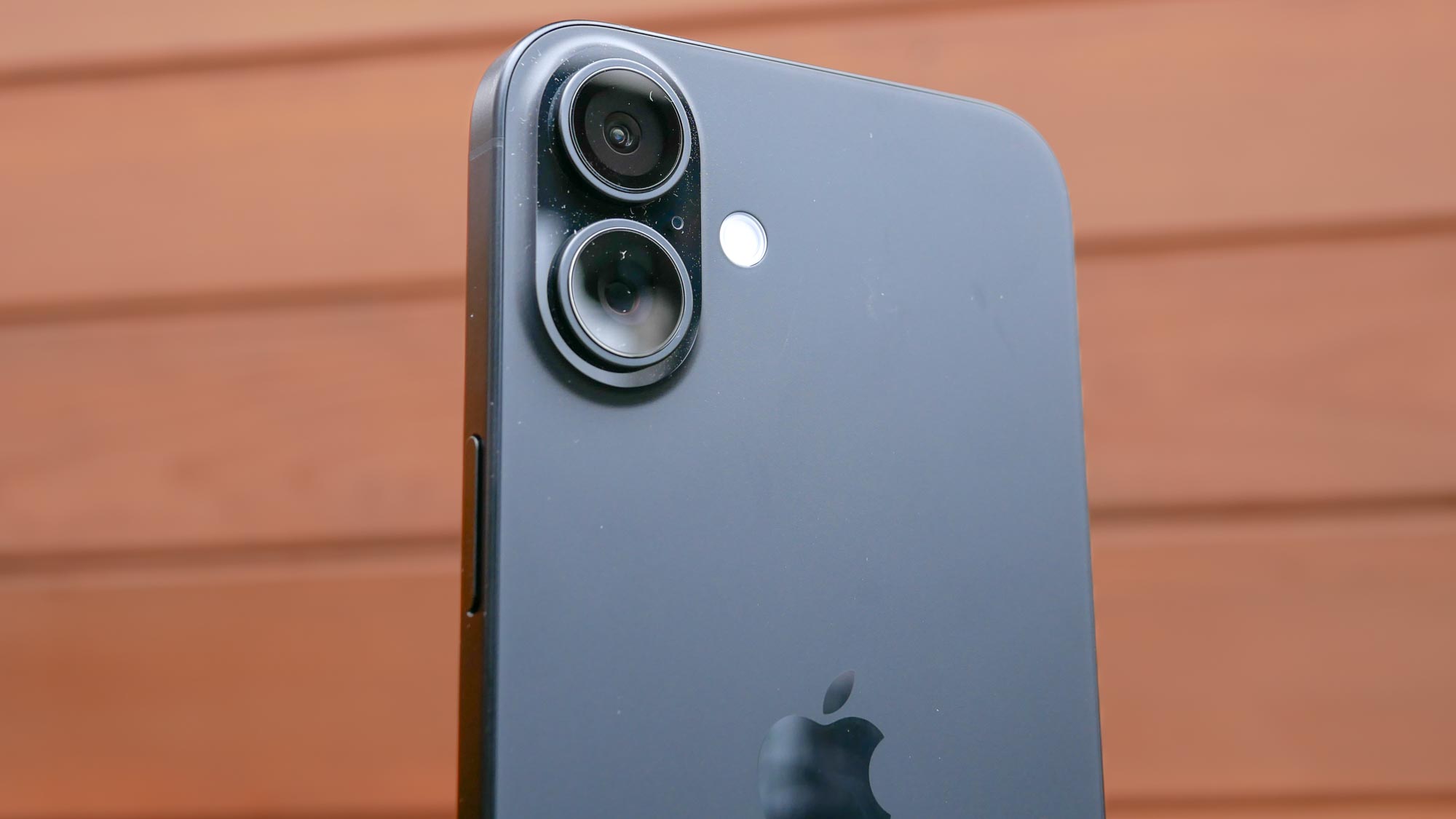
On paper, it doesn’t seem like Apple changes anything with the cameras on the iPhone 16 Plus. The rear cameras consist of a 48MP main shooter paired with a 12MP ultrawide one, while a 12MP TrueDepth selfie camera rounds out the optics. The only big upgrade here pertains to the ultrawide lens, which now features a wider f/2.2 aperture that can gather 2.6x more light than before.


Starting off our tests with the main camera on the iPhone 16 Plus, I like how it pulls in a lot more detail around the branches and bar around the tree in the middle of my backyard. The cracks on the bark, in particular, have more definition from the iPhone’s shot. While my eyes pay extra attention to the vibrant colors of the leaves and grass with the Galaxy S24 Plus’ photo, it's very much on the over-saturated side.
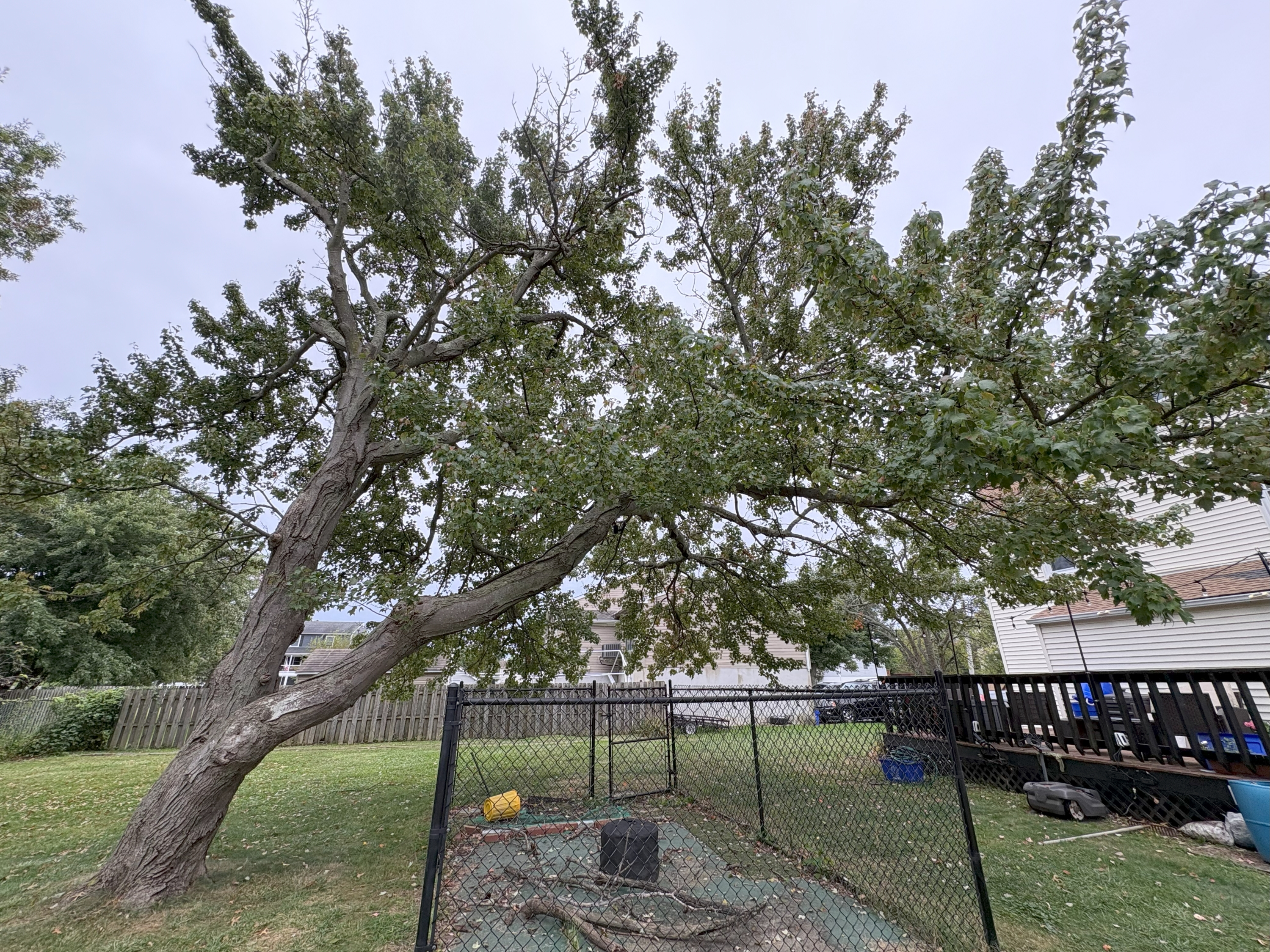
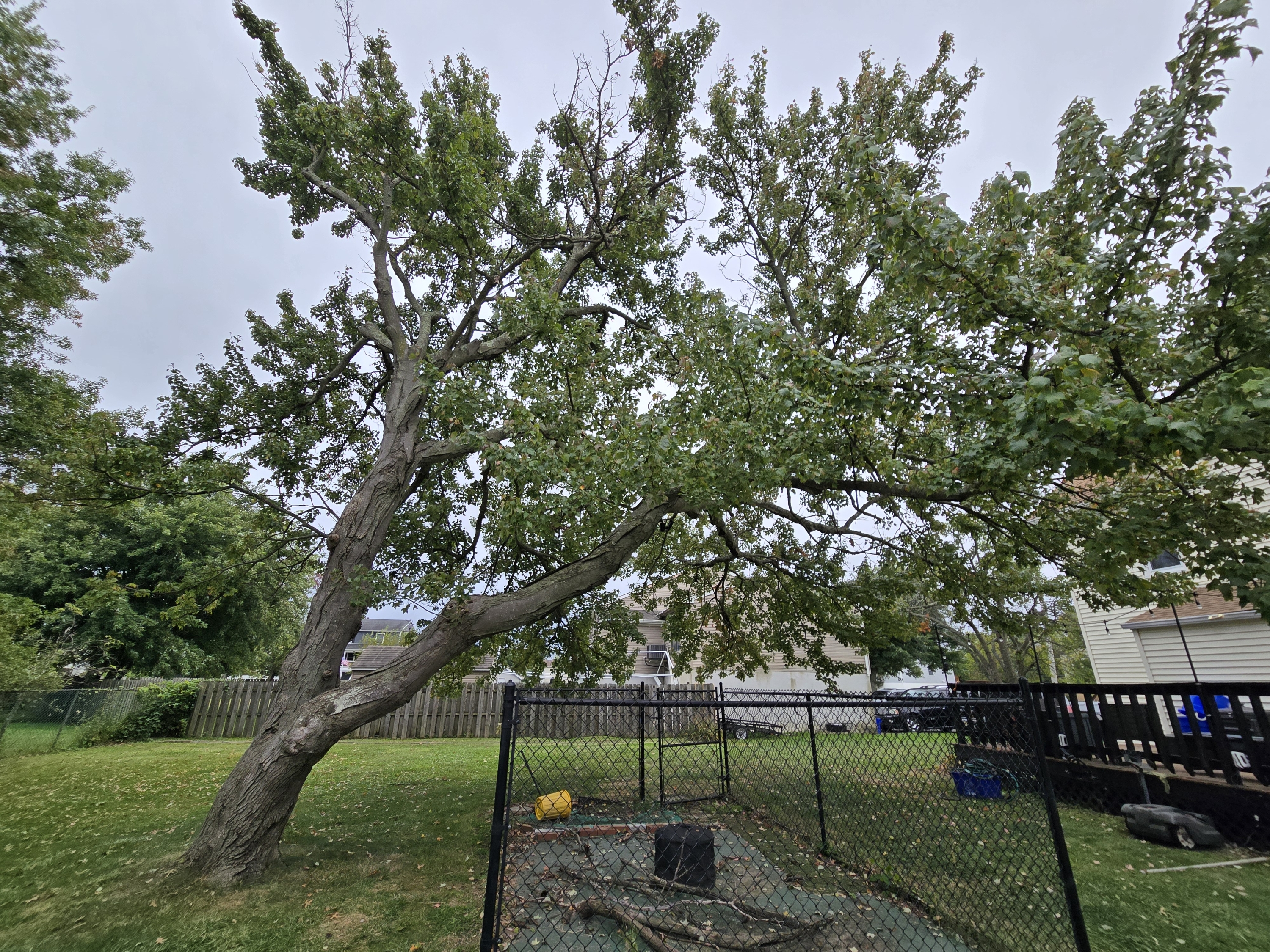
Sticking with the same tree in my backyard, I switched to their respective cameras and the results are no different. Again, the iPhone 16 Plus delivers more detail and definition — but I have to zoom into parts of the picture to see it. Samsung, on the other hand, continues to be aggressive with the saturation to the point the photo doesn't look as true-to-life as what I see with my eyes.




The one area where I find the Galaxy S24 better than the iPhone 16 Plus is with zooming, mainly because it benefits from having a proper telephoto camera with 3x optical zoom. The iPhone 16 Plus can create a 2x optical-quality zoom by cropping in one images with its main camera, but otherwise, the phone relies on a digital zoom.
With these shots, I set both phones to 25x zoom for an even matchup. There’s distinctively more detail in the tree with the Galaxy S24 Plus because of the over-sharpening effect it applies to better expose the details hidden there.


Usually I find a noticeable difference between the Plus and the Pro Max, but this macro shot tells me otherwise. I made sure to keep the same distance and focus when I captured this flower. When I zoom in, they’re both evenly matched when it comes to their sharpness, detail, and clarity — so much so that I can even make out all the fuzzy hairs around the flower with both photos.




I also took a different macro shot of the flowers above against the Galaxy S24 Plus, which lacks a dedicated macro mode. As a result, it can’t get as close to subjects — and the focal point is fixed to a small region as opposed to the larger one with the iPhone.


I thought I copied the same files with my selfies above, but the meta data tells me that they’re from the iPhone 16 Plus and 16 Pro Max. Not surprisingly it’s an even matchup here because of the identical selfie cameras they’re carrying, so they produce the same amount of detail and color saturation.


There’s no comparison between the iPhone 16 Plus and the Galaxy S24 Plus when it comes to panoramas. The iPhone is a big step ahead of the Galaxy here because of its brighter and evenly exposed shot. It looks like I captured it on a sunny day with the iPhone, while it’s clearly cloudy skies under-exposing the shot with the Galaxy.




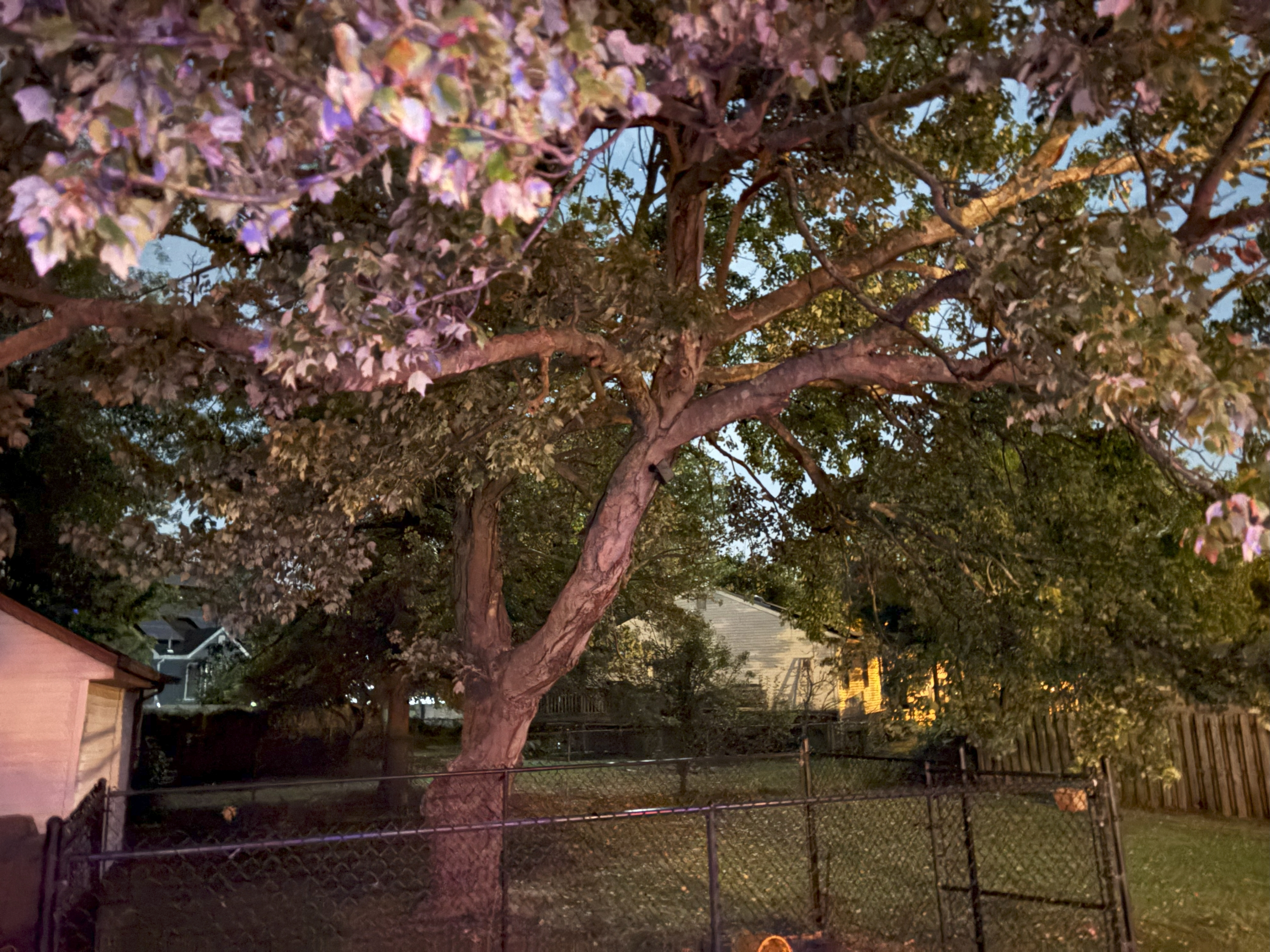

Taking photos in the dark with the iPhone 16 Plus is like having a pair of night vision goggles on me. That’s because in almost pitch black conditions, I can immediately see what I’m shooting with the iPhone, whereas the Galaxy S24 Plus is too dark and dim. But once they both capture the shot with their respective night modes, the iPhone pulls slightly ahead with its better definition. Just take a peek at the gallery above to see their differences.
On one hand, I was expecting the iPhone 16 Plus to beat the Galaxy S24 Plus because of how far apart they’re released, but I didn’t think that it would nearly be as good as the iPhone 16 Pro Max either. Both its main and ultrawide cameras can confidently shoot any subject in any situation, so the only thing it’s lacking on is proper long distance zooming.
Apple iPhone 16 Plus review: Performance
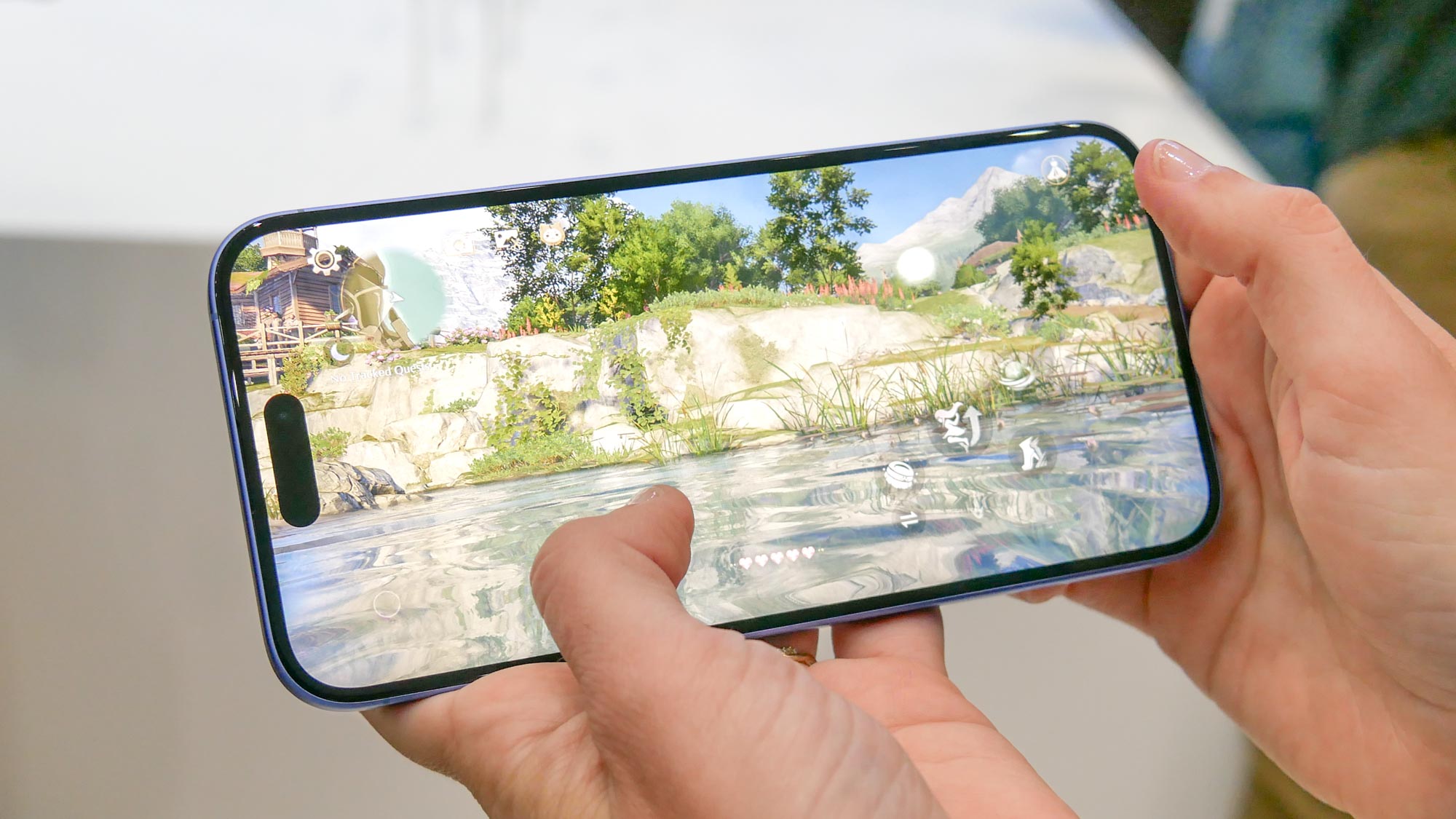
Rather than leaning on an older chipset, which has been the tradition for the standard series, the iPhone 16 Plus is powered by the new A18 chip and based on a new 3nm manufacturing process. Apple claims the A18 offers 30% faster CPU performance over the prior A16 Bionic in the iPhone 15 Plus, and our own testing verifies that.
In Geekbench 6, the iPhone 16 Plus ejoys a marked improvement over its predecessor with single and multi core scores of 3,302 and 8,042 respectively. Compared to the iPhone 15 Plus, this is an improvement of 29% and 28% for both tests — with a couple of the runs hitting closer to 30%.
There’s also a boost to the A18's graphics processing performance, reaching an average frame rate of 98.13 fps in 3DMark’s Wild Life Unlimited test. That’s much faster than the 74.57 fps rate that the iPhone 15 Plus averages running the same test. I loaded up Resident Evil Village, which is an excellent title to showcase the iPhone 16 Plus’ support for hardware-accelerated ray tracing. In addition to the smooth frame rates it maintains, I’m more impressed by the shading and lighting effects whenever I go from dark to light areas.
But again, I have to mention that the iPhone 16 Pro doesn’t quite achieve that buttery smooth look I see in other phones — mainly because of its 60Hz refresh rate. This is more prominent with gaming than it is with watching video on the phone, so I hope Apple can finally give its less expensive phones an upgraded display next year.
Overall, there’s very little to complain about the new A18 chipset. The iPhone 16 Plus handles everything I do on my phones with ease, all without any of the wait or sluggishness I see in budget phones.
Apple iPhone 16 Plus review: Battery Life
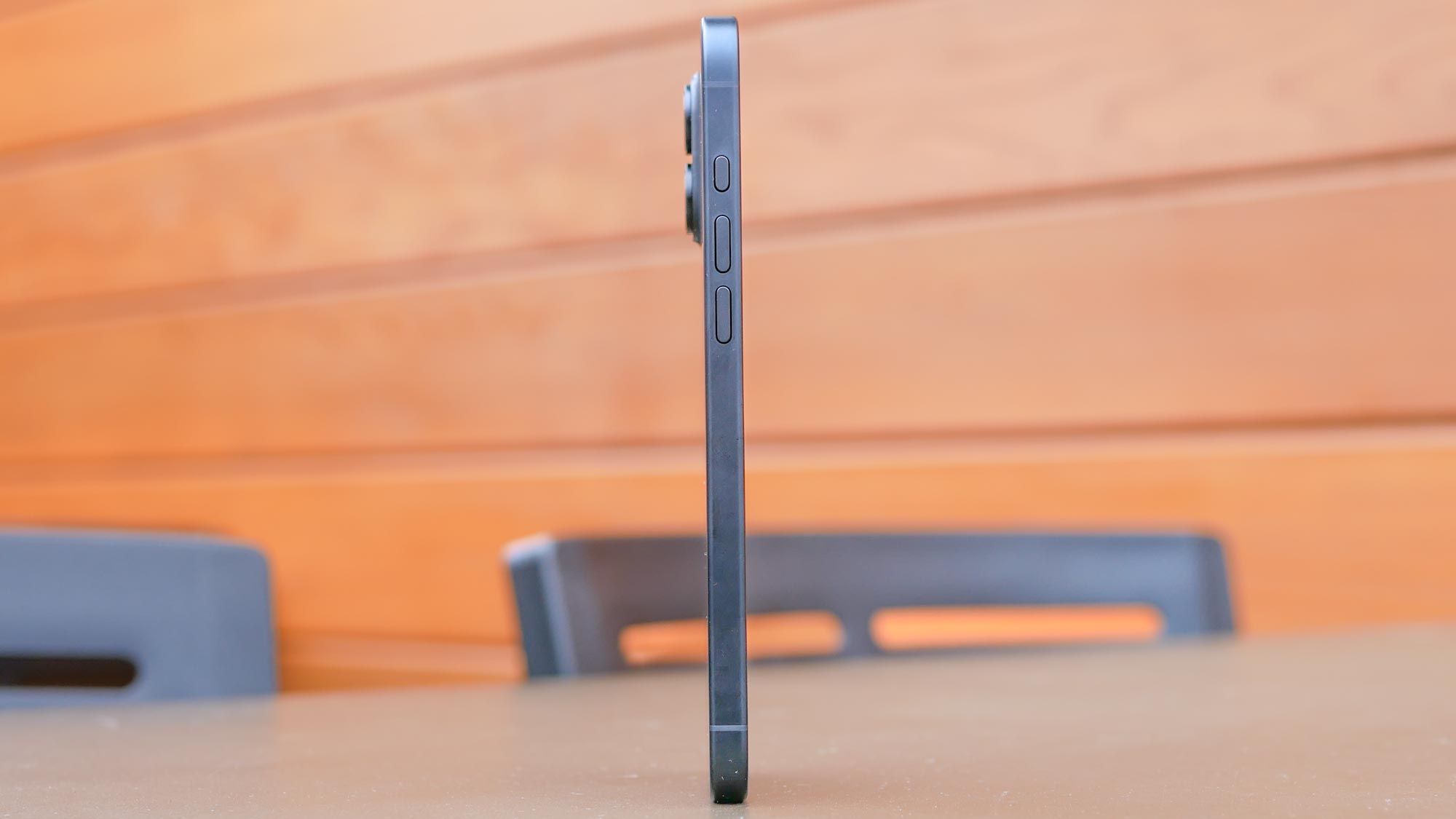
Even though Apple doesn’t come out to say how large of a battery is inside of the iPhone 16 Plus, the company will confirm that it’s larger than the previous model. Really, it doesn’t matter because it all comes down to its excellent power efficiency.
Whether it’s the new A18 chip or simply optimizations with iOS 18, the iPhone 16 Plus doesn’t disappoint with its long-lasting battery. During one of its battery rundown tests, it scored an outstanding time of 17 hours and 14 minutes — a substantial boost over the iPhone 15 Plus’ 14 hours and 14 minutes. It also outlasts the Galaxy S24 Plus running the same test, landing Apple's Plus a spot on our best phone battery life list.
I didn’t have any problem using the iPhone 16 Plus casually throughout my day, so I know it can handle the most demanding users out there. This is an epic increase, with only the iPhone 16 Pro Max eclipsing the Plus in our iPhone battery testing. I'd expect that kind of outcome for the much larger, more expensive phone. In contrast, the iPhone 16 Plus is much lighter and much more inexpensive, while still lasting a very long time.
Apple doesn’t upgrade the charging speeds of its USB-C connection, getting to 29% in 15 minutes — and subsequently to 55% in 30 minutes. These aren’t the speediest times, but they're not turtle trotting speeds either. However, Apple does upgrade the iPhone 16 Plus to 25W MagSafe charging, which is a boost to the prior 15W MagSafe charging speed of last year’s model.
Apple iPhone 16 Plus review: Software
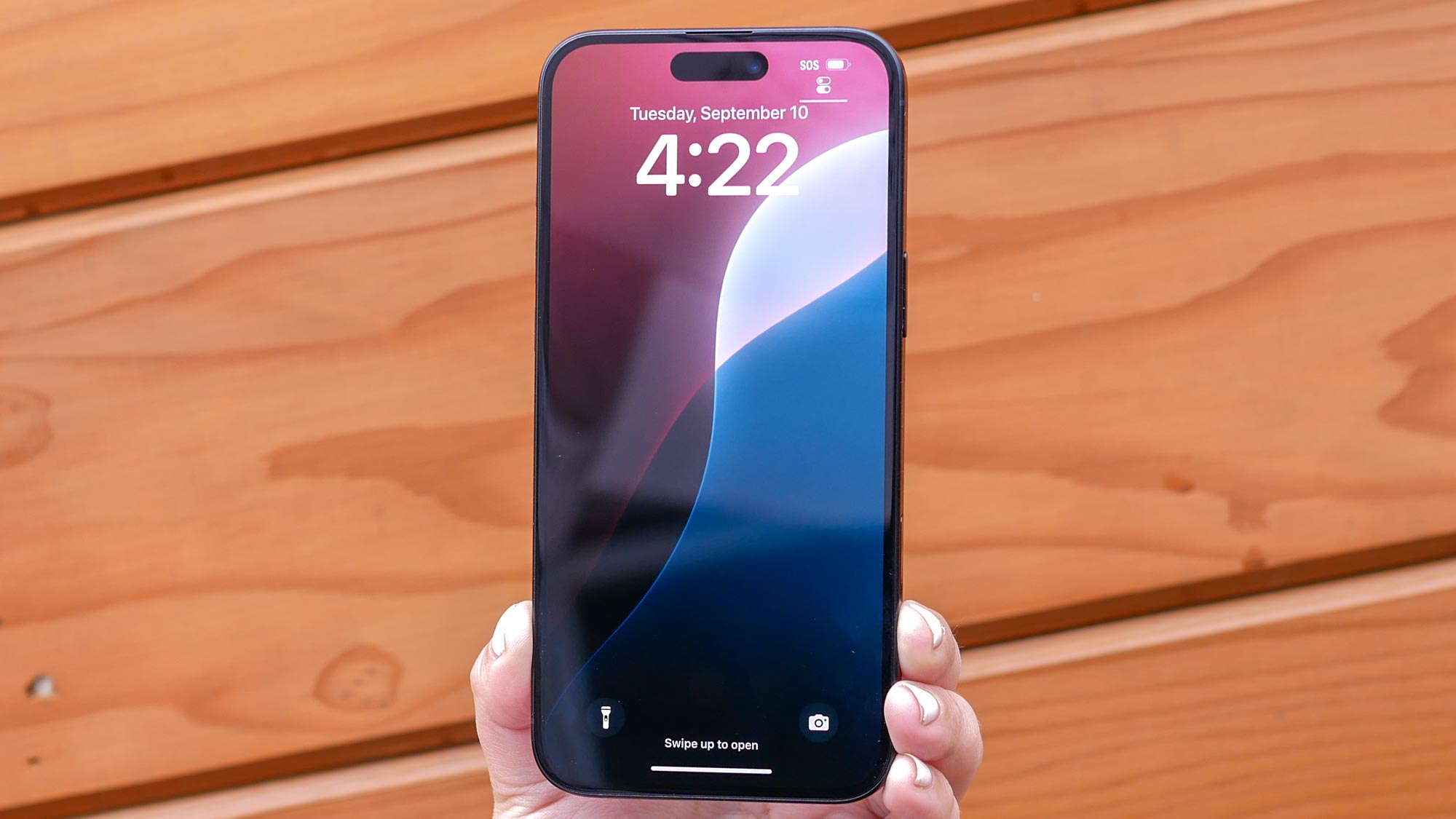
The software is just as critical as the hardware, and with iOS 18, it’s more of an iterative update when I compare it to iOS 17. That’s not a bad thing, quite the contrary, because it won’t be long before Apple’s secret weapon is unleashed. More on that in a little bit.
For now, Apple adds more personalization and customization with iOS 18 — like the ability to rearrange icons in the homescreen and adding themed colors to them. Control Center also gets a facelift that lets me rearrange the layout, resize the icons, and it’s expanded to four panels
I’m also thrilled about the updates to Messages, which adds support for RCS that lets me enjoy some of the best features I use such as read receipts and messaging indicators. The iPhone 16 Plus also supports iOS 18’s new Message via satellite feature, which will allow the phone to access the entire suite of features with iMessages when the phone has no cell connection and gets on satellite connectivity.
All of this is good and well, but I don’t think they’re anything to the extent we got with iOS 17 — like StandBy Mode, making Contact Posters, interactive widgets with the home screen, and the intuitive NameDrop feature to send your business card to another iPhone. I’m not going into more detail about all of this because our iOS 18 review dissects everything new, but I will tell you that it all feels iterative rather than revolutionary.
Apple iPhone 16 Plus review: Apple Intelligence
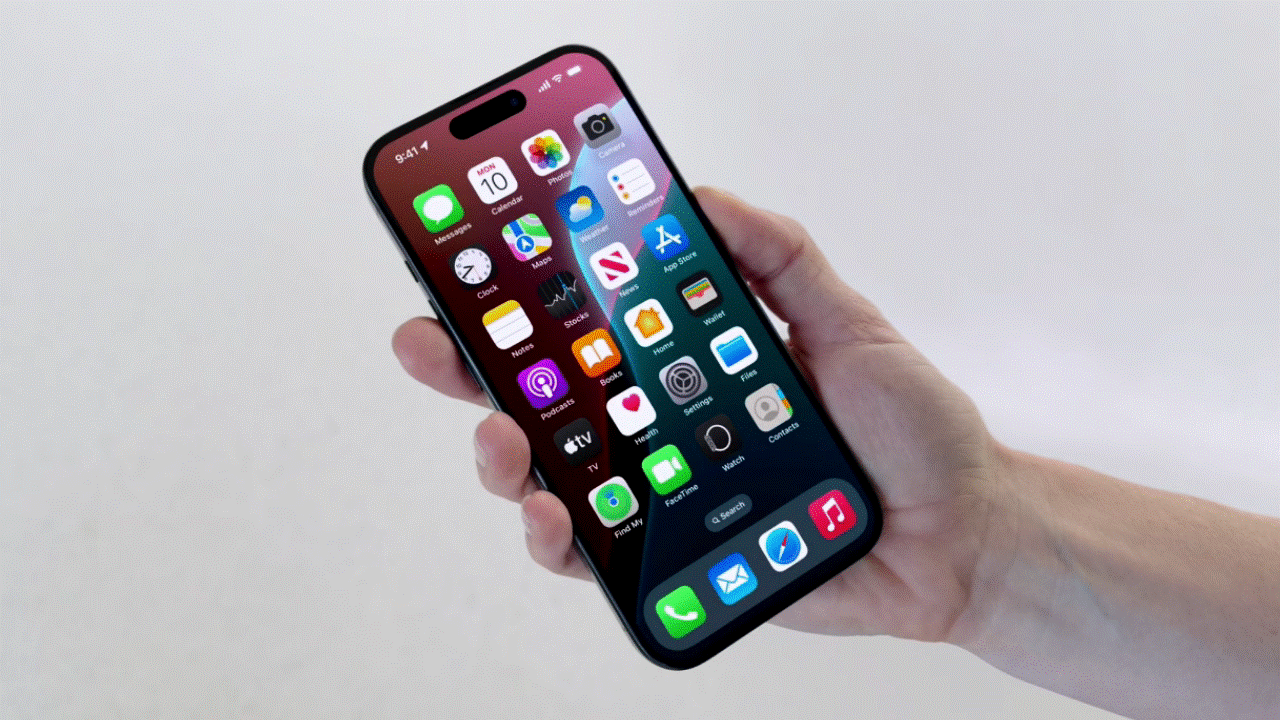
The secret weapon I was referring to earlier is Apple Intelligence. Based on what I’ve tested with a developer beta, Apple Intelligence expands the functionality of the iPhone 16 to the next level. Quite simply, the features lend a helpful hand in many ways, even if Apple still needs some catching up to do before it convinces me it’s got the AI phone to beat.
I’ve gone through some of my favorite Apple Intelligence features, like the more natural conversations I can have with the new Siri, along with how the Photo Clean Up feature in the Photos app that turns me into a bonafide Photoshop pro to edit images with the help of generative AI. I also love how emails are quickly summarized for me in my inbox, so I don’t have to waste time opening them up.
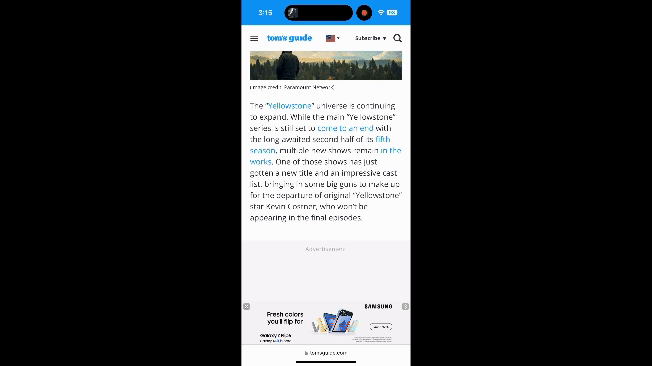
Still, there’s a single Apple Intelligence feature I’m most looking forward to seeing — Visual Intelligence. It’s basically Apple’s answer to Google Lens, and it uses AI and machine learning to learn more about anything by simply using the camera to search it. One example is being able to take a photo of a restaurant to find out its hours of operation, or using the camera to identify a dog breed. If this sounds familiar, it should because Google Lens and Circle to Search are similar features on some of the best Android phones around.
There’s no denying that Apple Intelligence will transform the experience with the iPhone 16 Plus. But in the greater scheme of things, this is Apple catching up to what Google has done with its Pixel phones for years now — as well as what Galaxy AI has done for the Galaxy S24 series earlier this year.
Apple iPhone 16 Plus review: Verdict
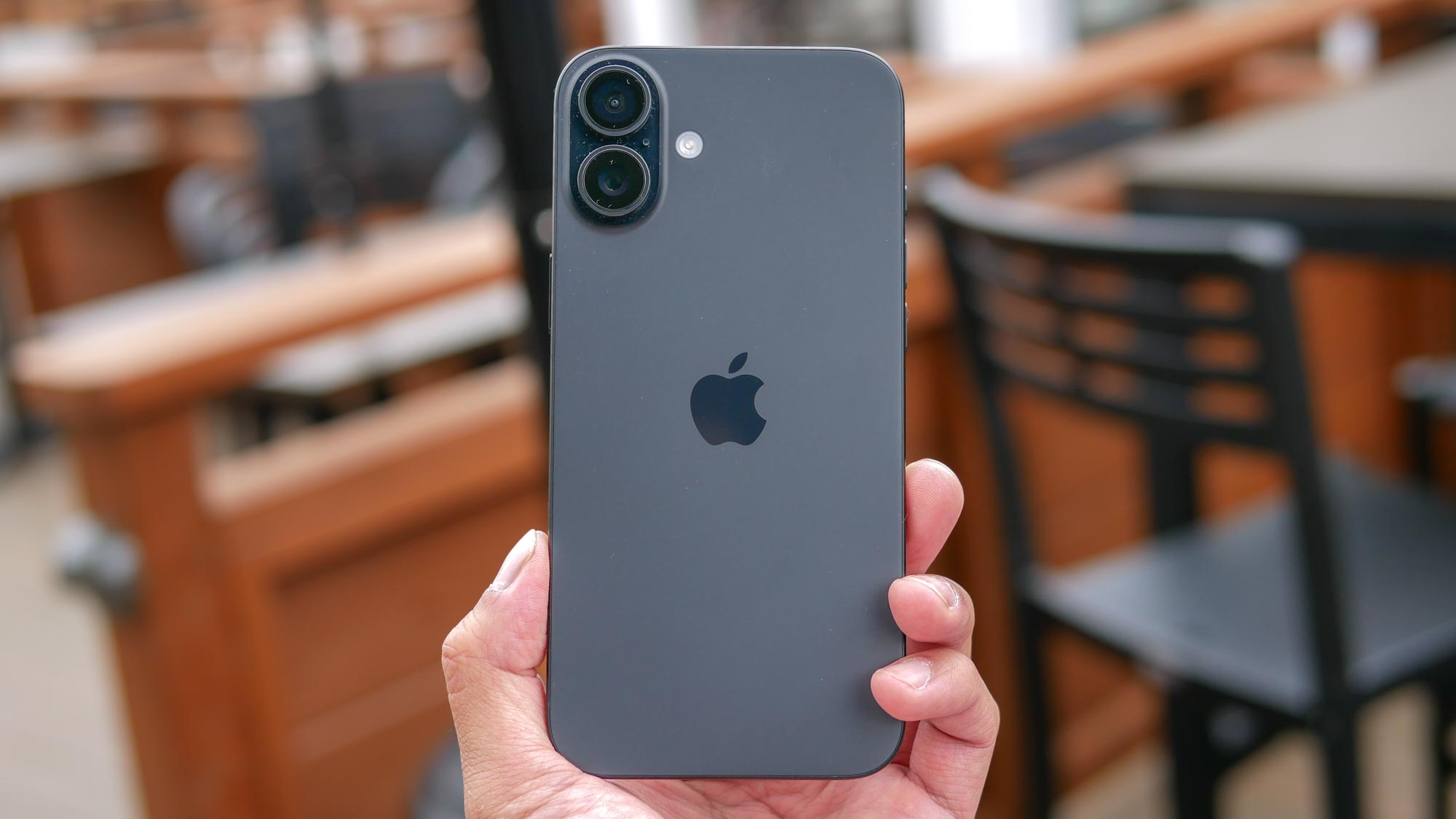
People love big phones, but I’m reluctant to pay a foolish amount for a phone like the $1,199 iPhone 16 Pro Max. Even though that device has its merits, the iPhone 16 Plus offers more value at $899. This time more than in any other previous year, the gap between the Plus and Max is at its narrowest.
I’m astounded by the A18’s excellent processing performance, the bolder looking color options, and how its main camera can rival some of the best camera phones around. As much as I want to place a lot of emphasis on the hardware, the software in the iPhone 16 Plus is no different from the 16 Pro Max — especially when it’s tapped to get the same Apple Intelligence features.
Everything about the iPhone 16 Plus makes it hard to pass up if you’re looking for a big phone. Compared to Galaxy S24 Plus, it certainly cruises to first place in many areas — including the low light performance of its main camera. Ultimately, it has the pro features I crave with the Max price.







